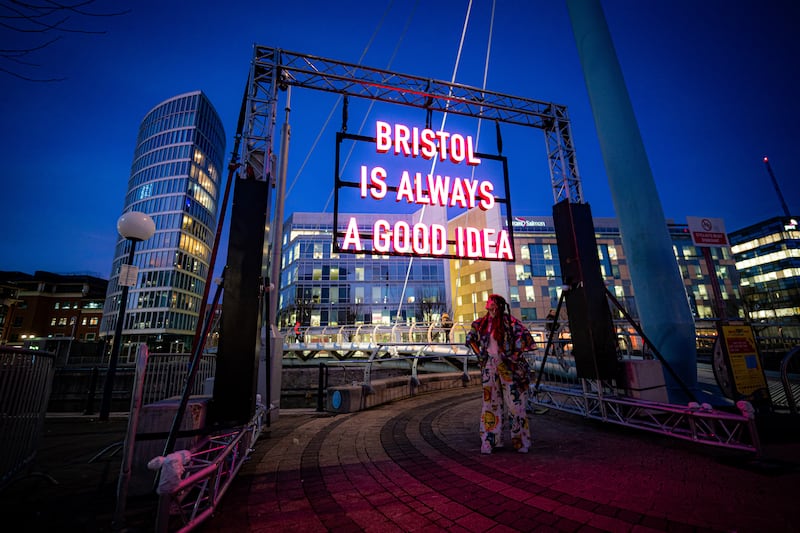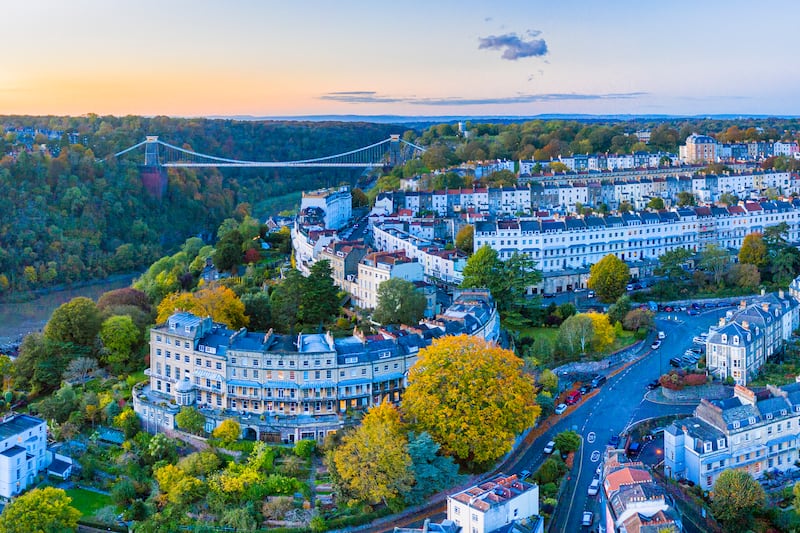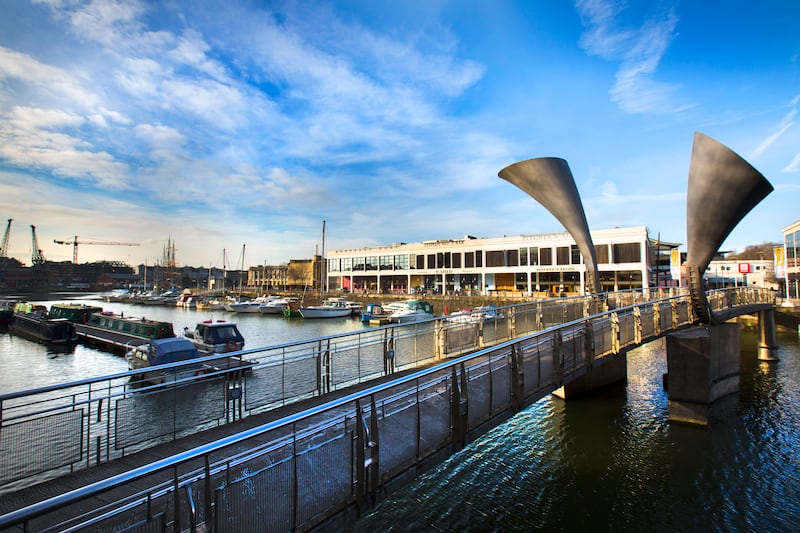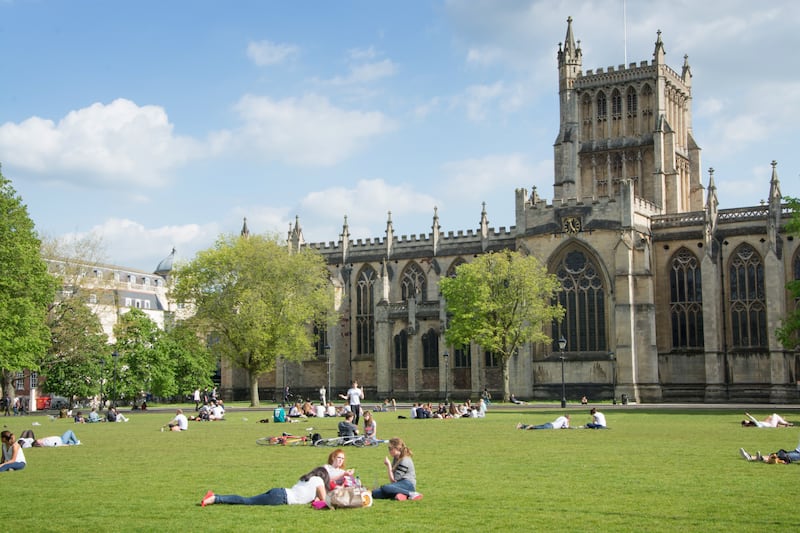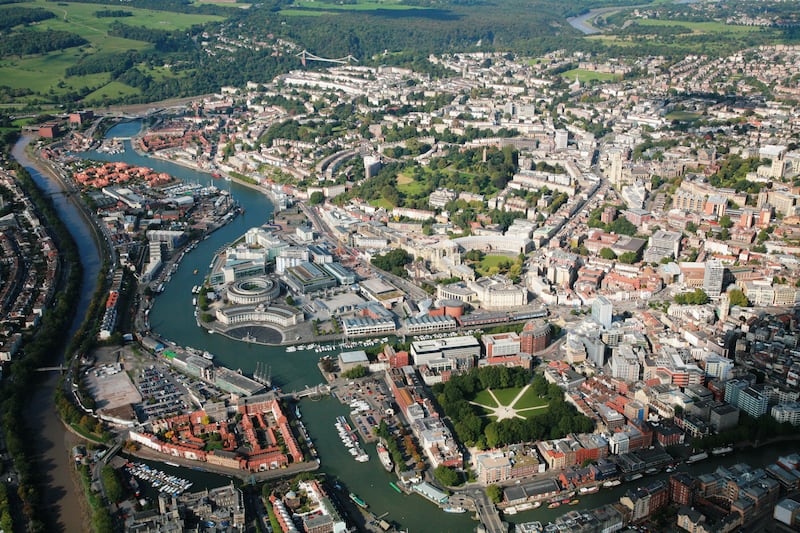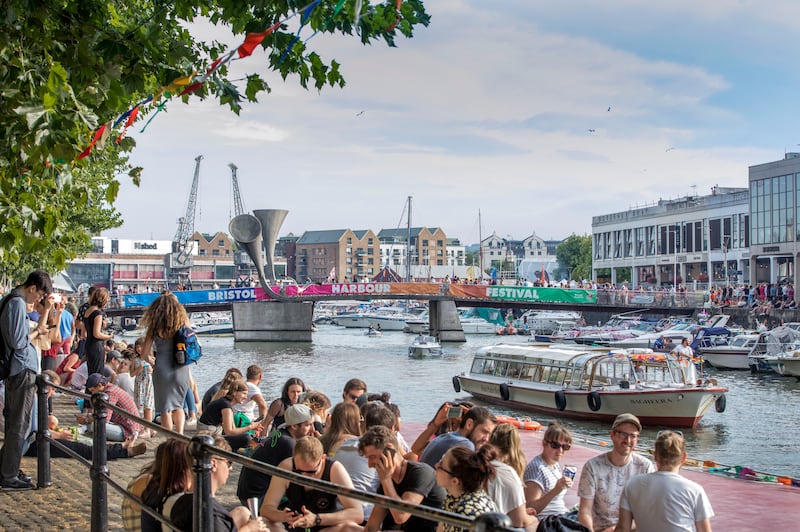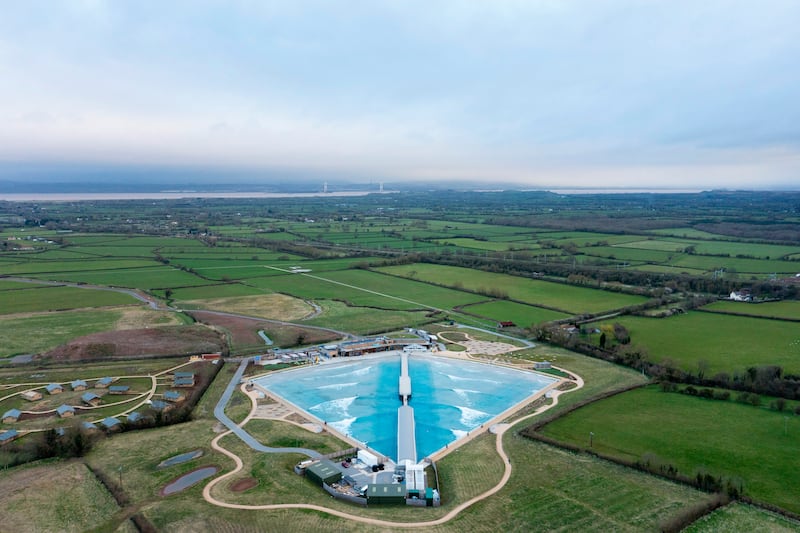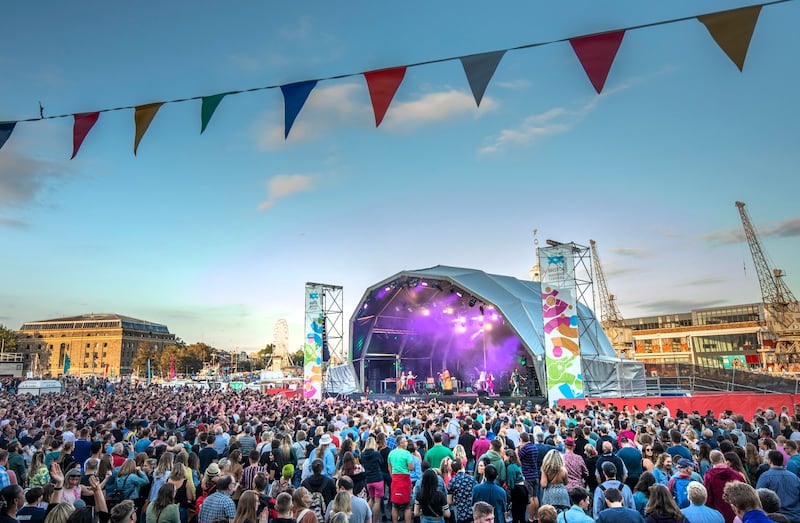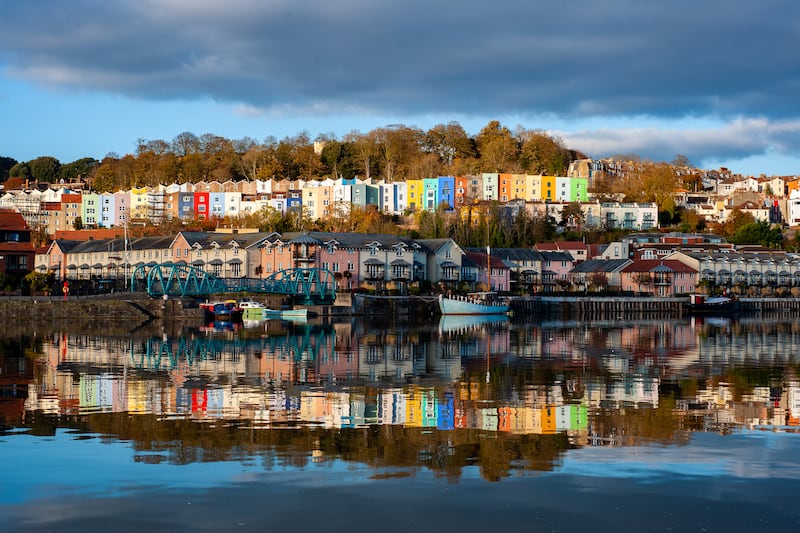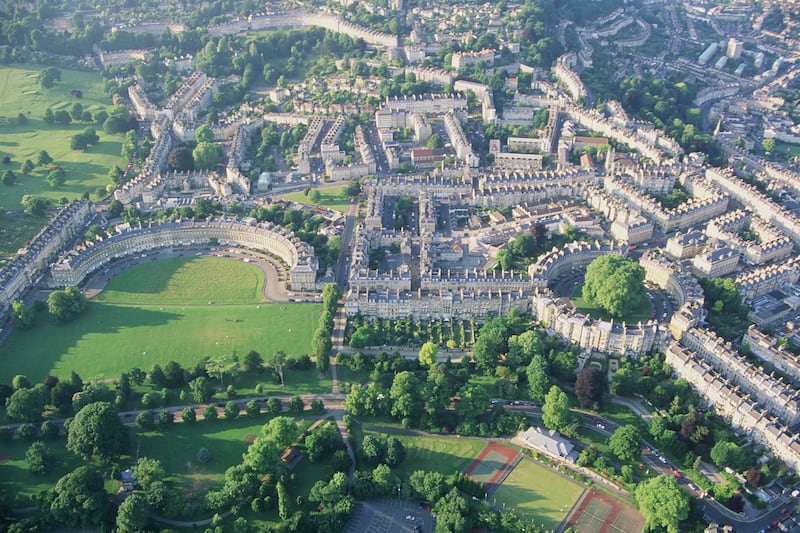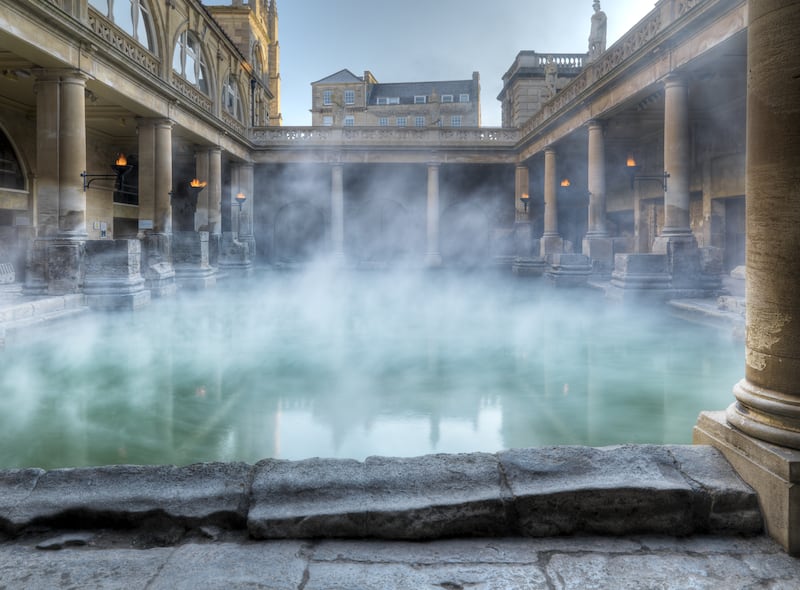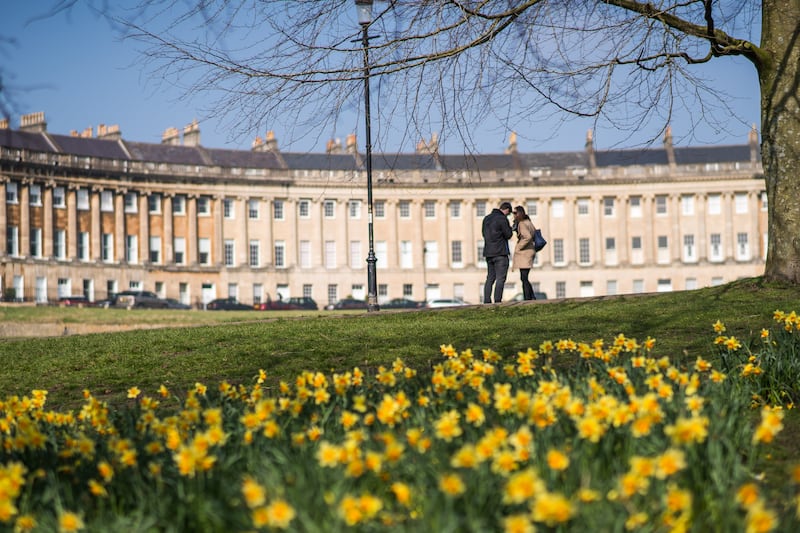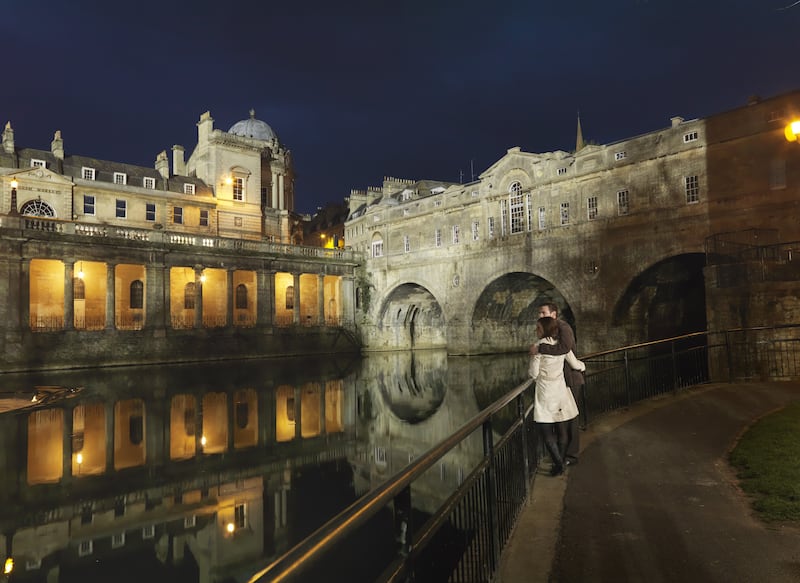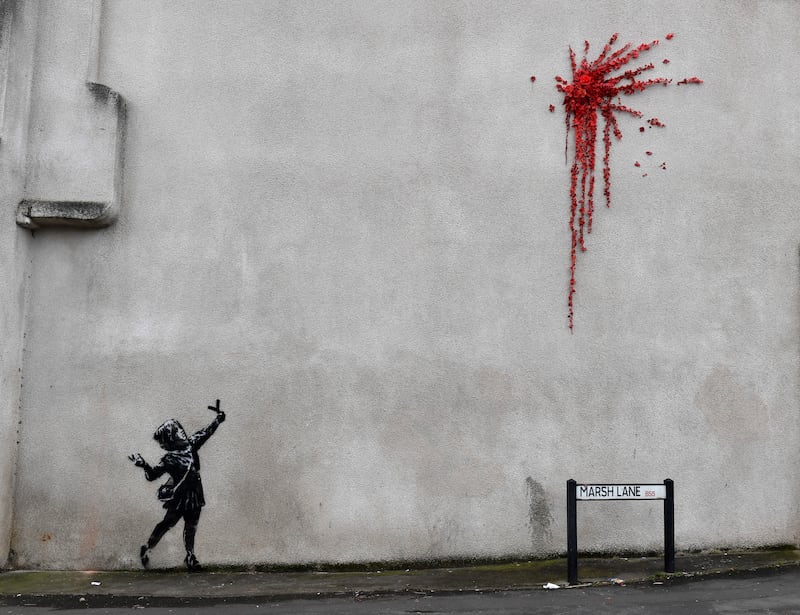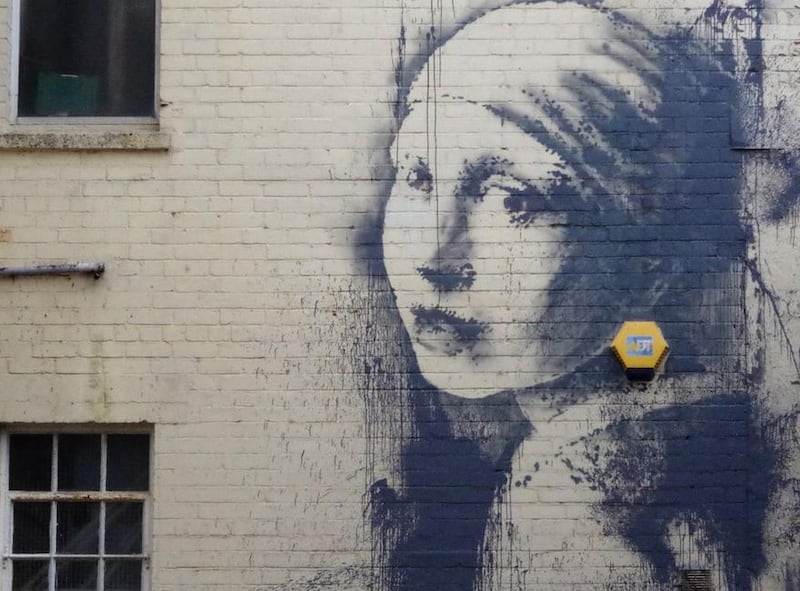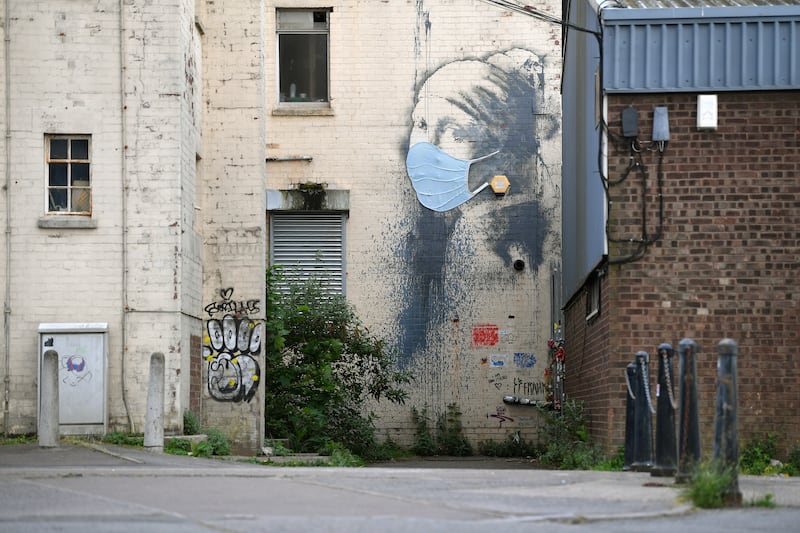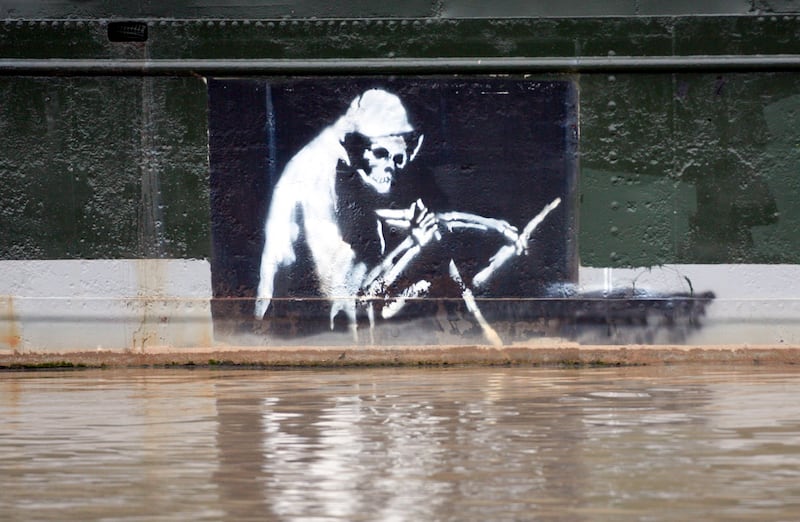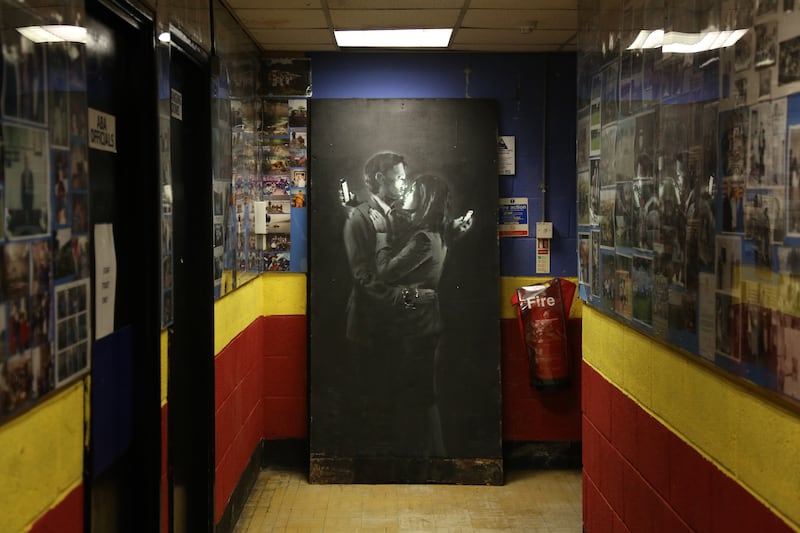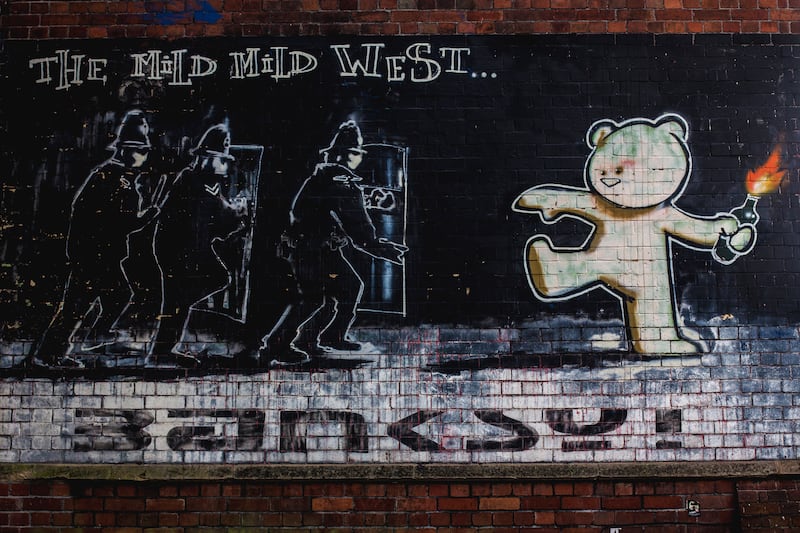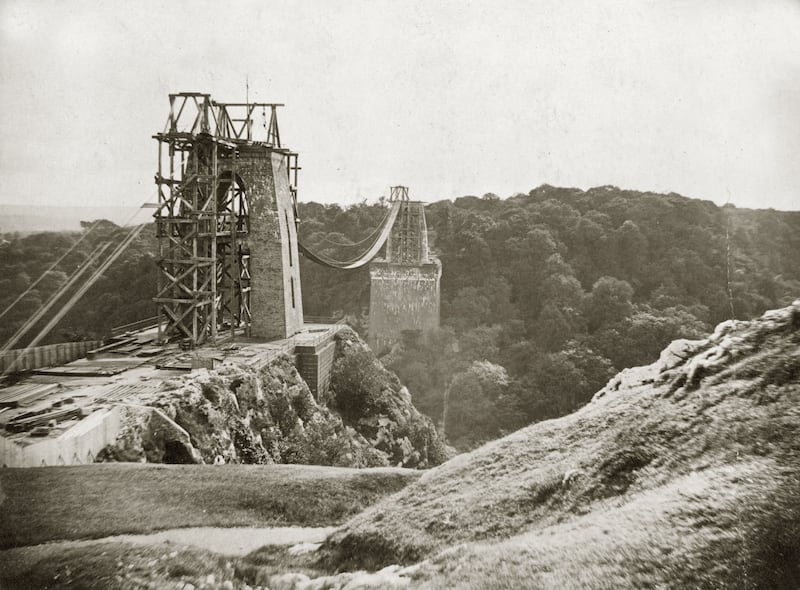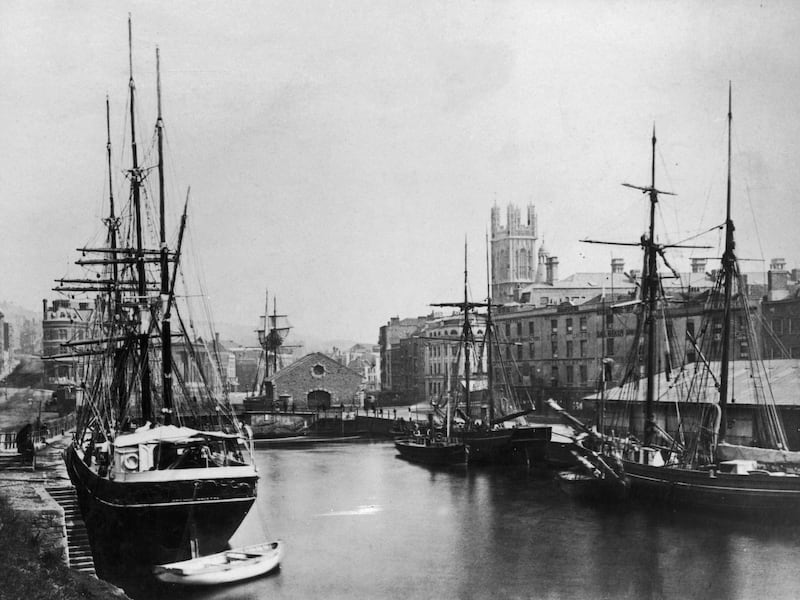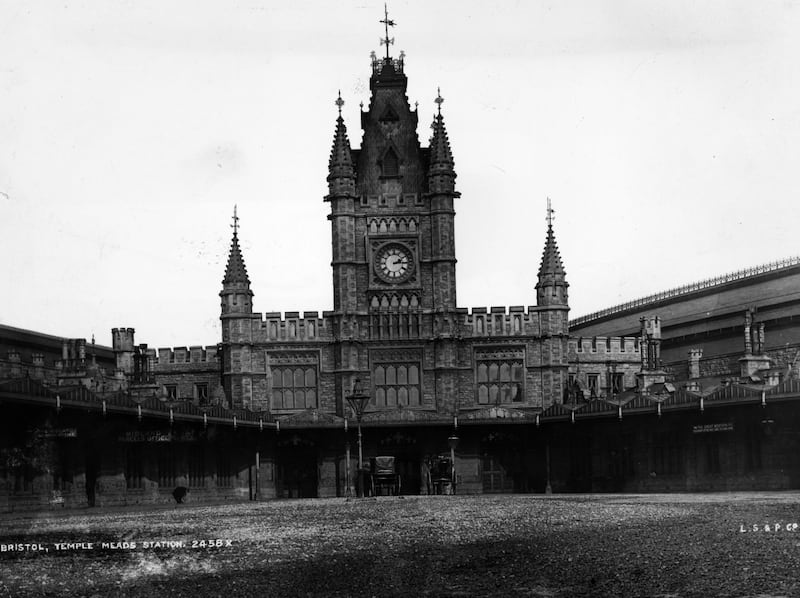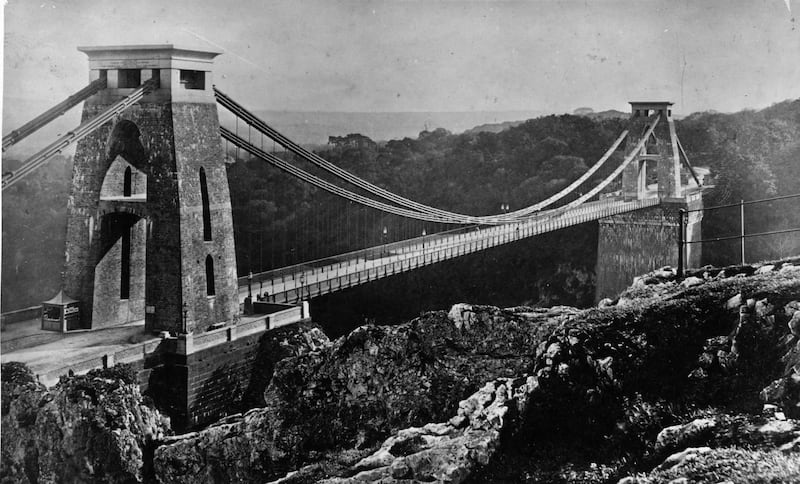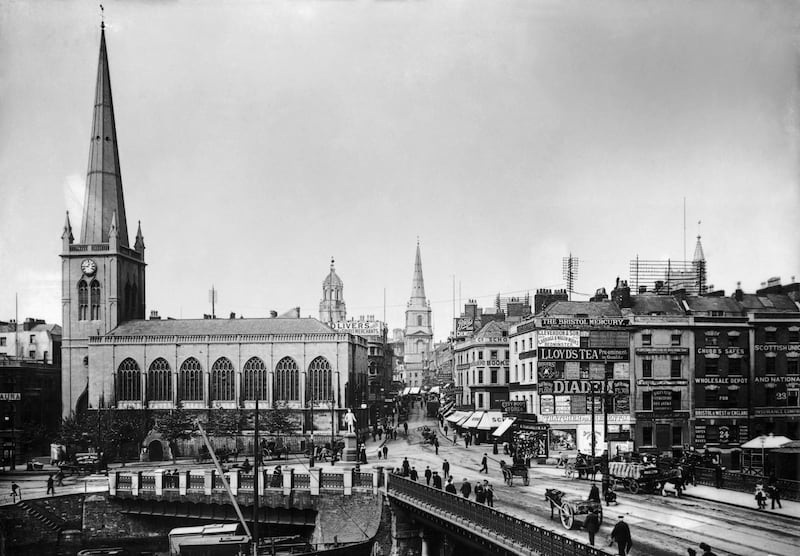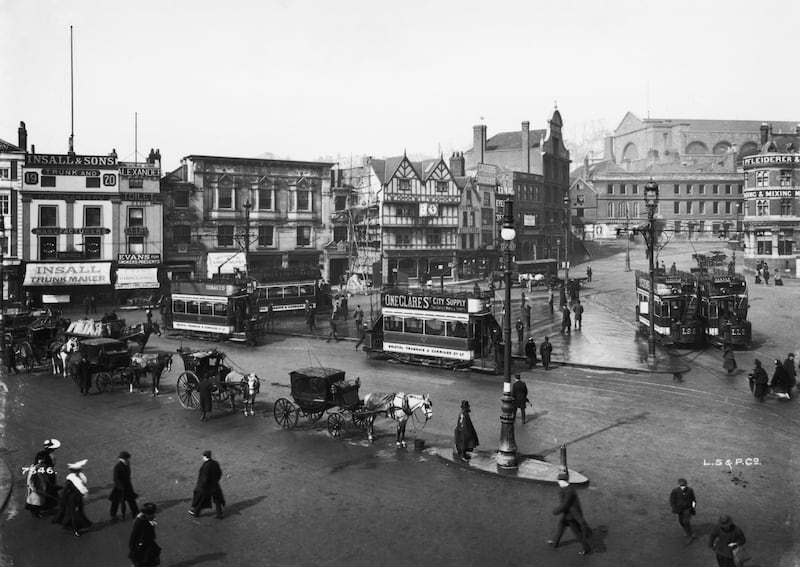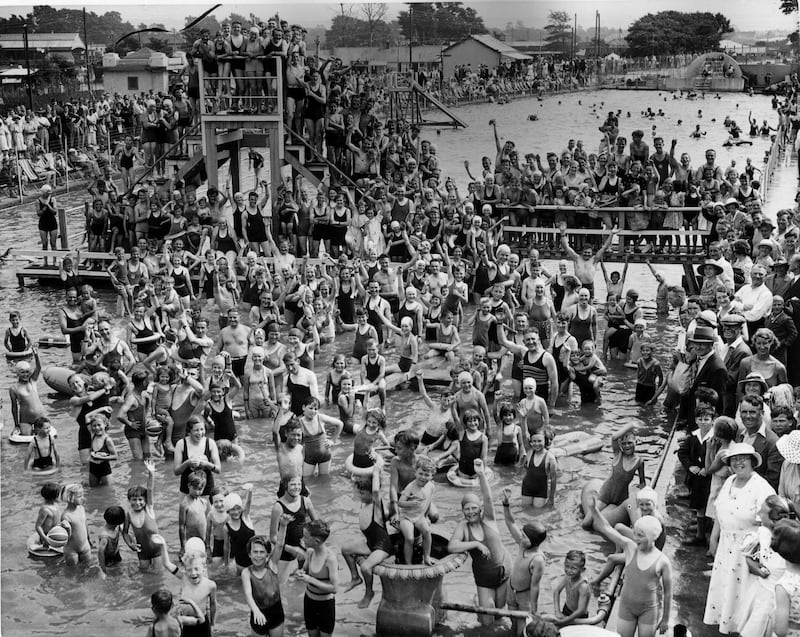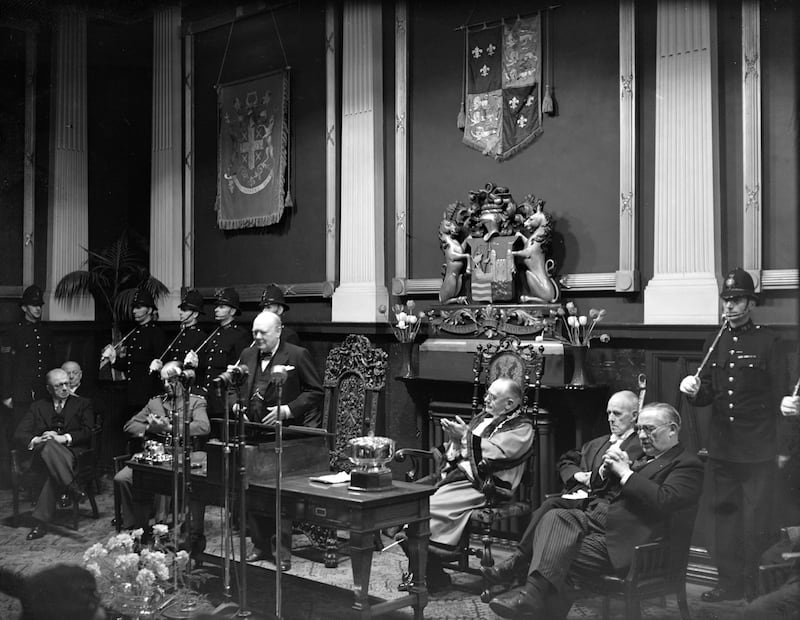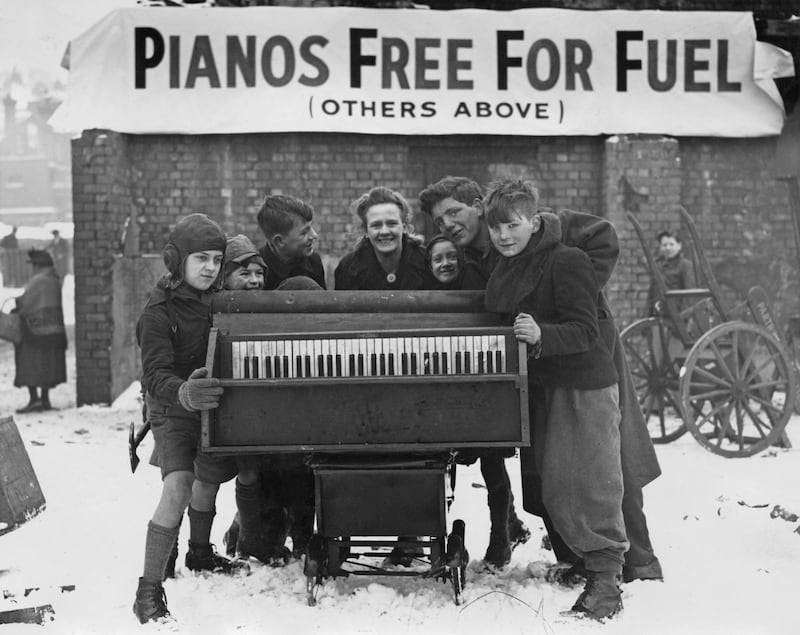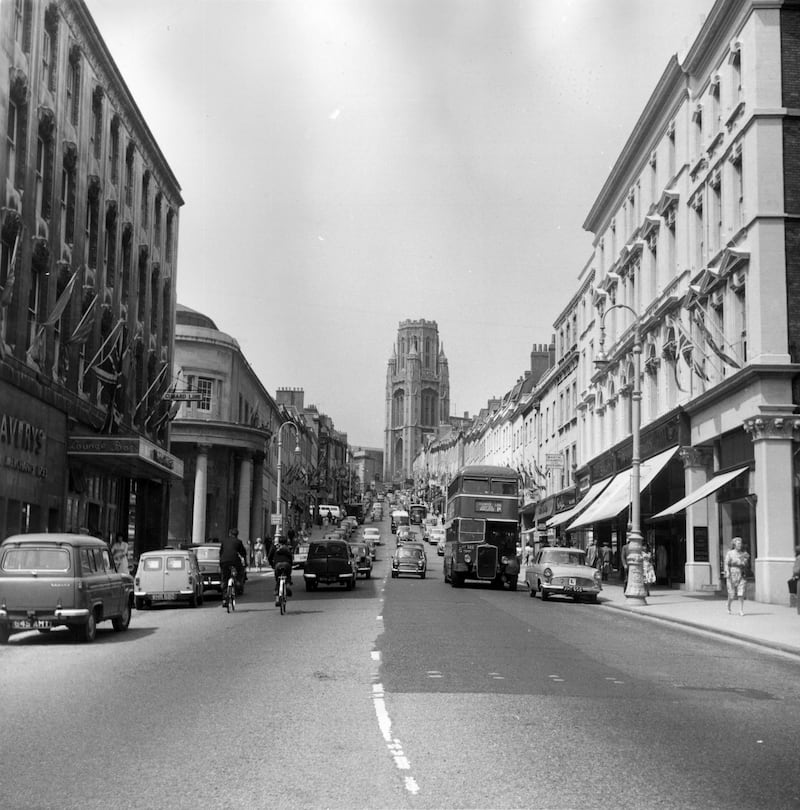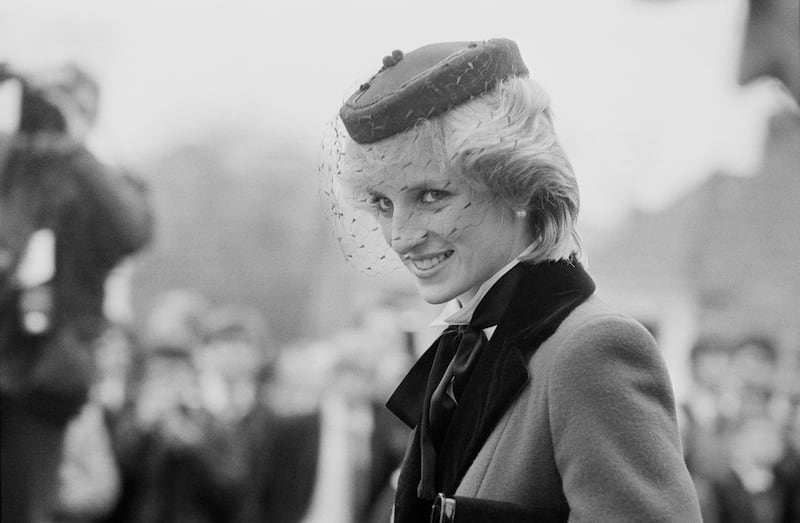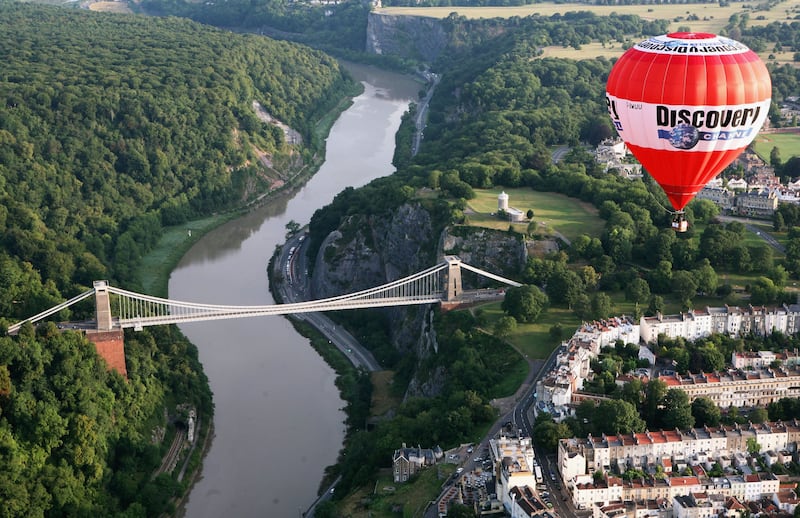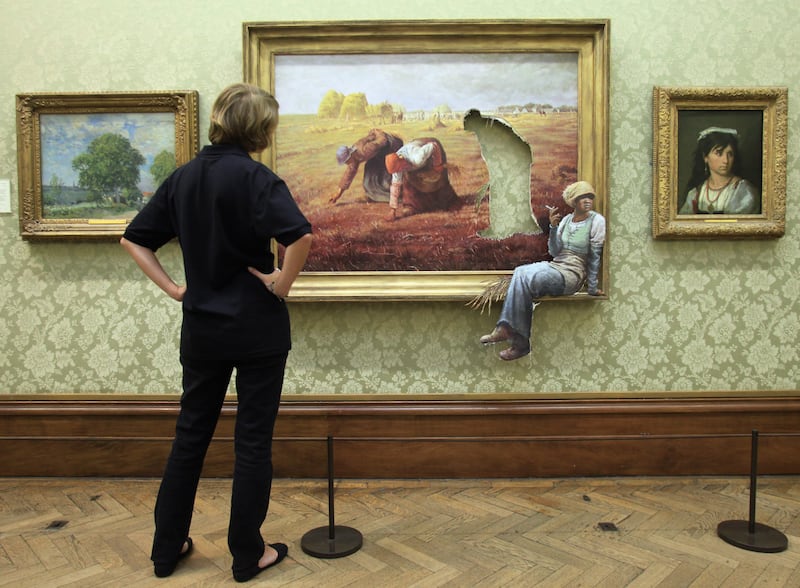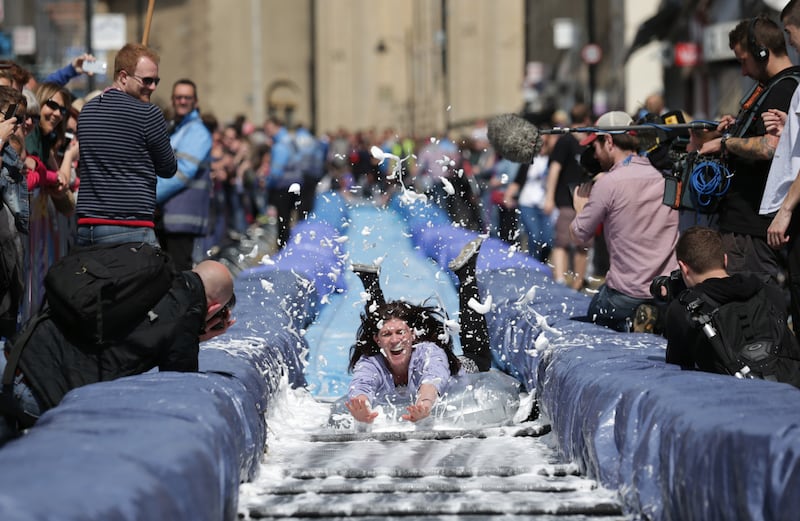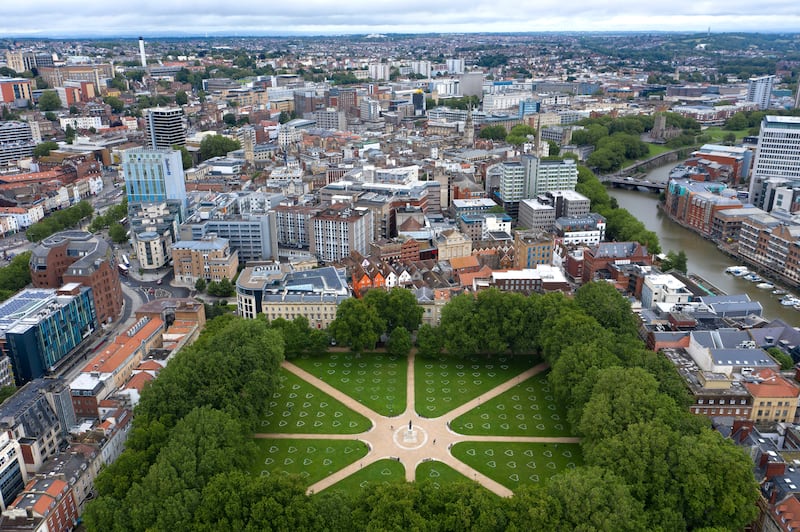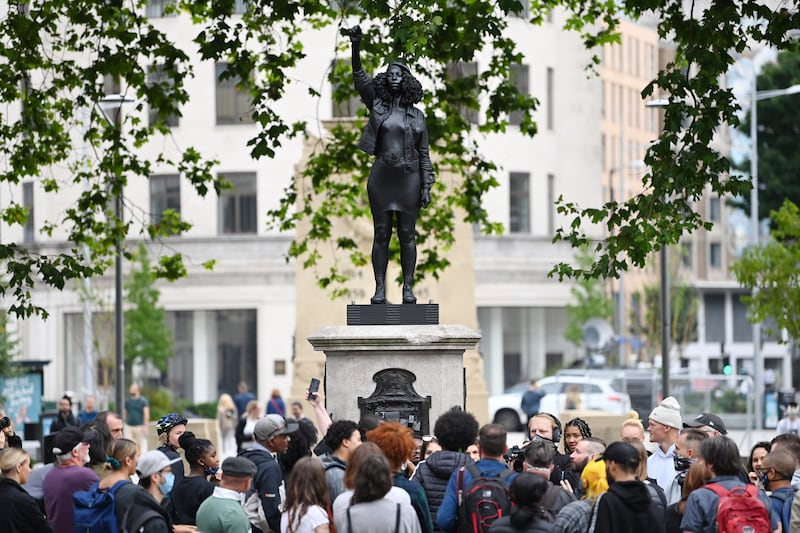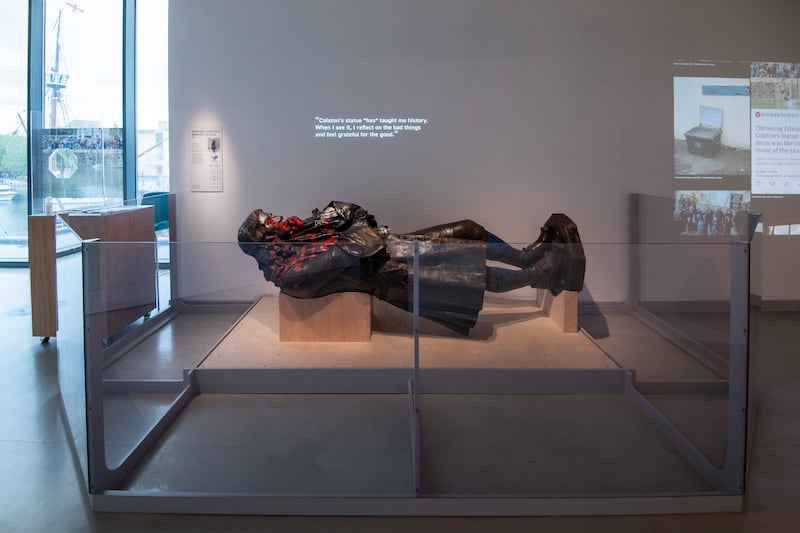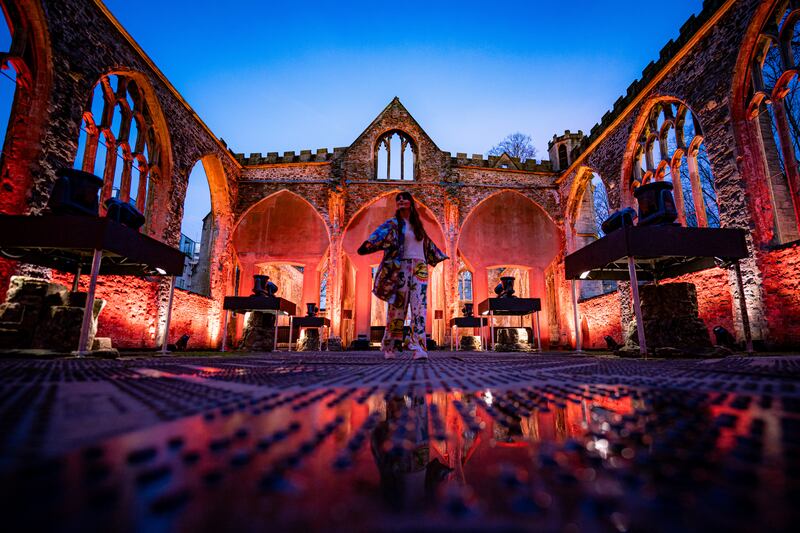London, with its glitz, glamour and luxury shopping, has always been the first port of call for visitors to Britain.
From upmarket stores in the West End, to a tour of Buckingham Palace or afternoon tea at Fortnum & Mason, the UK capital can accommodate the high-spending, history-hungry, experience-seeking tourist.
But the UK tourism authority, VisitBritain, is eager to get GCC travellers to look west, beyond their London base to what's called the Great West Way, a tourist trail from the UK capital to Bristol in the west of England, encompassing a mass of British history, culture and contemporary art.
Advertising hoardings in Dubai will attempt to lure visitors to cities such as Bristol and Bath, or the many small towns and villages nearby.
So, while February is not exactly tourist peak season, I followed in the footsteps of hordes of day-trippers before me and headed west from London on a wet and cold morning to sample the delights of Bristol and Bath.
By both rail from Paddington and road along the M4, it is a simple journey of just a couple of hours from London, comfortable enough to relax and watch the English countryside roll by and do a little research on the way.
Yes, Bristol has never had a Premier League football team (a usual judge of a thrusting city) but VisitBritain believes the city – hometown of graffiti artist Banksy – has a youthful exuberance that is evident in the thriving street art scene.
Bath is a unique city in England and one of only two places in Europe where the city centre is a Unesco heritage site. It is also where the Netflix smash hit Bridgerton was filmed.
“The Great West Way is a fantastic example of an ideal regional add-on to a London city stay, a journey packed with travel motivators for visitors from the Gulf, highlighting just how many of these diverse experiences are within just a few hours from London,” said VisitBritain’s deputy director Carol Maddison.
The new Electronic Travel Authorisation (ETA) initiative goes live on Thursday, meaning GCC citizens visiting the UK will be able to make several trips. It is cheaper, faster and easier to apply for than the current Electronic Visa Waiver (EVW). It is available to citizens of the UAE, Saudi Arabia, Kuwait, Jordan, Qatar, Oman and Bahrain.
Visitors will be able to make unlimited visits to the UK over two years, or until the holder’s passport expires, whichever comes first, rather than the limited stays of up to six months via the EVW.
As a result, VisitBritain predicts 1.2 million visits from the GCC to the UK in 2024, with those visitors spending £3 billion on their trips, a rise of 16 per cent on 2019.
So, what will they find if they take a trip along the Great West Way?
Five things to do in Bristol and Bath
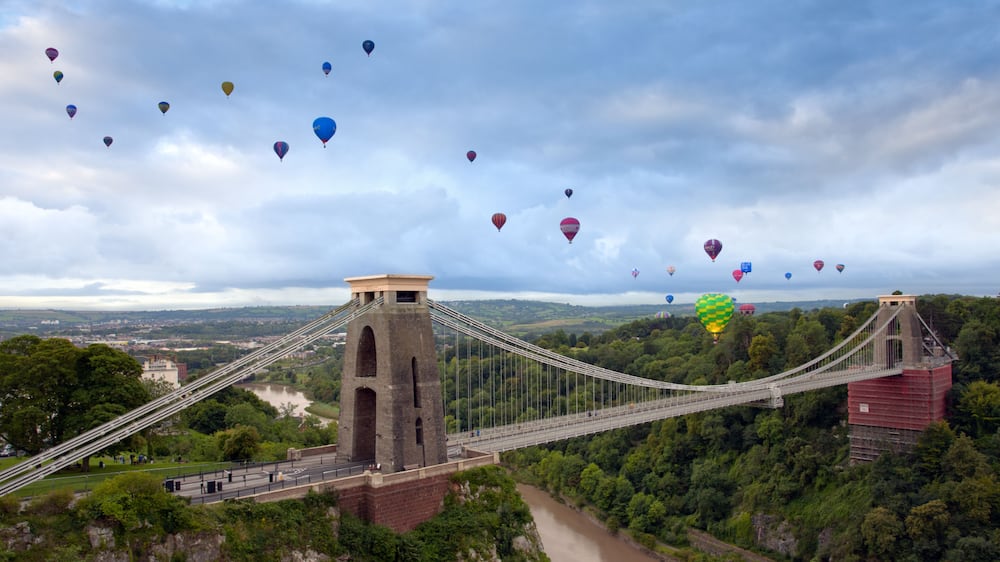
From Romans to Bridgerton
Founded by the Romans in the first century AD because of its natural hot springs, Bath is billed as an amazing microcosm of British history.
The Roman Baths is one of the best-preserved Roman remains in the world, where more than a million litres of steaming spring water, reaching 46°C, still fills the bathing site every single day.
In the 18th century, what had become a wool town in the Middle Ages was rediscovered as a centre of spas, relaxation and high society socialising.
“They all came down from London to participate in the social season, for women to find partners,” said Emma Frayling, PR and communications manager with VisitWest.
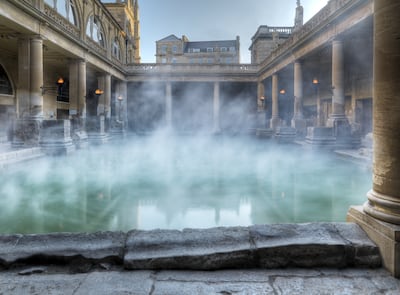
“Bath was built with beautiful views and promenades, like around the Royal Crescent. It’s built for pleasure.”
Much like Oxford or Cambridge, Bath is a walking city, so I joined the throng of visitors who ignored the intermittent rain to promenade around admiring the work of the Georgian architects John Wood Senior, Ralph Allen and Richard “Beau” Nash who were essentially commissioned to make Bath the most beautiful city in Europe.
Their efforts of grandiose neoclassical Palladian crescents, terraces and squares make the city unique.
It attracted several British literary greats, including Jane Austen and Mary Shelley.
Austen lived in Bath for five years and the city inspired her two novels Northanger Abbey and Persuasion. Bath was also was also immortalised in Charles Dickens' The Pickwick Papers.
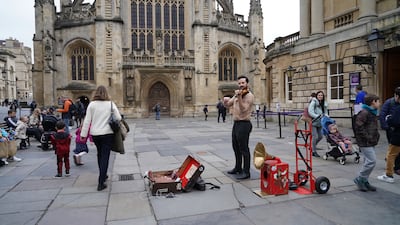
Visitor interest in Bath has been sparked in recent years by the Netflix series Bridgerton, which streamed into 82 million households in its first 28 days in 2020.
Bath's golden Georgian stone buildings provide a backdrop for the series, with filming on the third series having been completed last year. The new series is scheduled for release in May and June, and Ms Frayling hopes it will create a new Regency “buzz” and bring more tourists in.
“The Bridgeton filming has had a huge impact – that’s been seen across the globe,” she told The National.
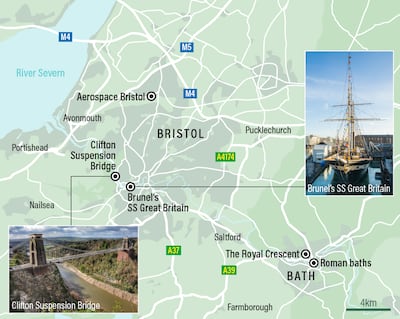
Royal guests
One of the shooting locations for Bridgerton is the Royal Crescent, a 500 foot-long sweeping crescent street of 30 Grade I-listed terraced houses built between 1767 and 1775.
Occupying two of the houses in the centre, the five-star Royal Crescent Hotel and Spa offers travellers a luxury experience, and because of its listed status, it is one of the few places where visitors can actually stay in history.
Lorraine Jarvie, the hotel's general manager, feels it's this unique blend of history and luxury that attracts many visitors from the GCC.
“We’ve had quite a few crown princes stay here,” she told The National.
“In fact, last week we had someone stay who was part of the Saudi royal family. We do actually see a lot of families that come over – they tend to be quite large groups and they’ll take a whole section of the hotel.
“We work quite well in that respect, because we are separate houses. So, you can have a whole section to yourself and it's quite private.”
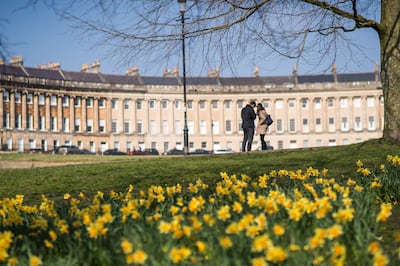
Banksy's Bristol
Taking the train from Bath, travellers can be in Bristol, the largest city in the west of England, within 20 minutes.
Bristol is Banksy's original stamping ground. The artist's real name has never been revealed, but his satirical stencilled graffiti is well-known throughout the world.
Mild Mild West to Cat and Dog, Naked Man and the Girl with the Pierced Eardrum can be sought out.
Either buy a Banksy map or take a guided tour, because some are in tucked away places that are not easy to find.
My guide, Jon Chamberlain, head of marketing at VisitWest, led me around the back streets near Bristol harbour to view Girl with the Pierced Eardrum on a wall of a nondescript brick building behind an iron fence.
It is a different and almost liberating experience to view the work of one of the most celebrated artists of modern times in a light drizzle near a construction site, rather than inside a temperature and light-controlled London gallery.
“He was born here, grew up here, perfected his art here and there are eight to 10 Banksys still on walls in the city,” Mr Chamberlain told The National.
“Very occasionally, he comes back and paints another one, but often they don’t stay around for very long nowadays because of the value of them.”
From the seeds that artists such as Banksy sowed in the 1990s, Bristol now has a thriving street art scene and it is difficult to walk very far in the city centre without encountering a wall of colourful and cutting-edge graffiti.
“Banksy is the tip of the iceberg for street art in Bristol. There is so much here, so much to discover – if you like Banksy, if you like street art, Bristol is the best place in Europe to come,” Mr Chamberlain suggested.
Ship shape and Bristol fashion
For the tourist who has an interest in the history of luxury travel, a visit to the SS Great Britain is seen as a must.
An engineering masterpiece of its time, the ship in dry dock on Bristol's harbour was the first ocean-going liner, billed at its launch in 1843 as “the greatest experiment since the creation”.
Maritime historians would argue that luxury travel all started with the SS Great Britain, the first iron steamer to cross the Atlantic.
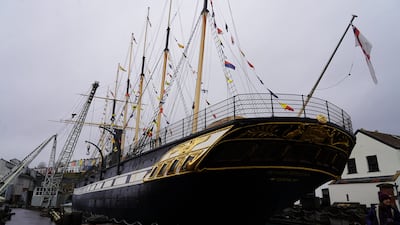
At 98 metres long, the SS Great Britain was by far the largest ship afloat when she was launched, with the capacity to carry 360 passengers on four decks.
“It was a luxury way of travelling – that was one of the breakthroughs of the Great Britain,” Tim Bryan, director of the Brunel Institute at the SS Great Britain Trust, told The National.
“Certainly, for first-class passengers, the decor inside was like a hotel, so people felt they were travelling in comfort even though it was a long journey. They even used a company in the UK that had worked on hotels to fit out the first-class areas, so the passengers were used to a bit of luxury.
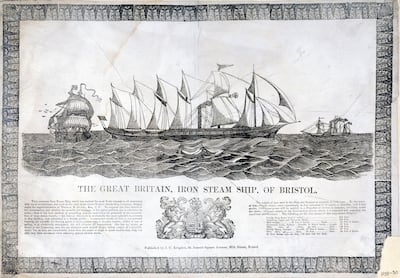
“Passengers could walk around – they could go up on deck and they had a promenade deck inside, where they could meet and chat. Before that, in the days of sail, it was a lot tougher for passengers.”
However, after its glory days as the distant forerunner to the likes of the Titanic and the Olympic, by the late 1880s the SS Great Britain had finished life as a passenger ship and ended up being a floating warehouse.
In 1933, she was towed to a remote bay in the Falkland Islands and left to rot, until about 40 years later when she was repaired and brought back across the Atlantic to become a museum in the exact spot on Bristol harbour where she was built and launched.
“It was a pioneering ship that changed the way people travelled around the world, and people coming here can get a feel, not only for the technology, but also for the lives of the people who travelled across the world in these kinds of ships,” Mr Bryan said.
Bridging the gorge
While the famed Victorian engineer Isambard Kingdom Brunel was the building force behind the SS Great Britain he also, among numerous other engineering feats, designed my nest stop: the Clifton Suspension Bridge.
The bridge, which spans the Avon Gorge and the River Avon, took 33 years to complete, opened in 1864 after Brunel had died, and continues to operate as a toll road bridge to this day.
One of the best places to view the bridge is the terrace of one of Bristol's best hotels, the Avon Gorge by Hotel du Vin.
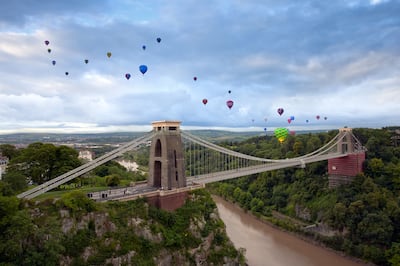
An impressive view even with the grey, low-hanging February cloud, becomes spectacular in summer, I was told, as the sun sets behind one of the bridge's towers.
The Avon Gorge's terrace is also a great place to watch the International Balloon Fiesta as around 130 hot air balloons are launched from the Ashton Court Estate, just the other side of the gorge, during the first weekend of August.
Nearby, tourists can experience a slice of luxury aviation history at the Aerospace Bristol museum, where they can step aboard the last Concorde ever to fly, the Concorde Alpha Foxtrot, which in its day could travel from London to New York in about three hours.
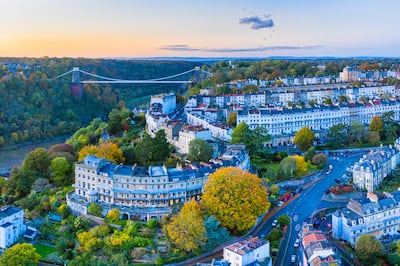
While there are currently no five-star hotels in Bristol, one is not far away. The Gotham Bristol is scheduled to open later this year, on the site of the old Guildhall right in the centre of the city.
Bespoke Hotels, which will run the completed Gotham, also manages a number of hotels in London, including the La Suite West near Hyde Park and the Rove in Paddington.
“It’ll be a five-star property with 74 rooms and a rooftop bar,” Mr Chamberlain told The National.
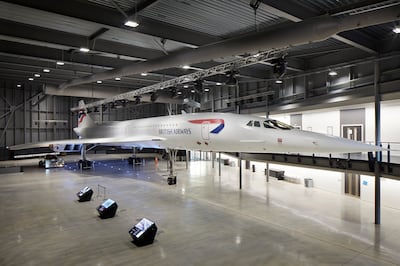
How successful both the combination of the introduction of the ETA programme and VisitBritain's marketing campaign will be at bringing in increased visitor will probably not be able to be properly measured until the summer is over.
“The GCC is a very important visitor market for Britain,” said Ms Maddison of VisitBritain.
“We look forward to welcoming even more visitors from the GCC to experience Britain’s vibrant and dynamic tourism offer.”
